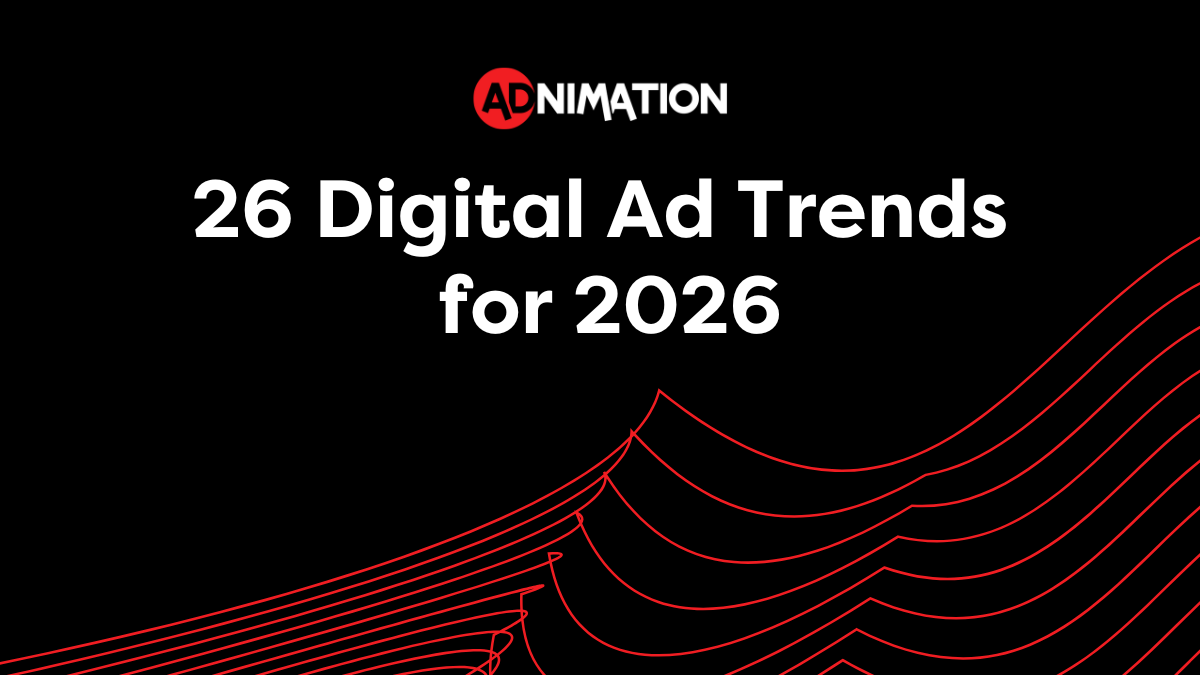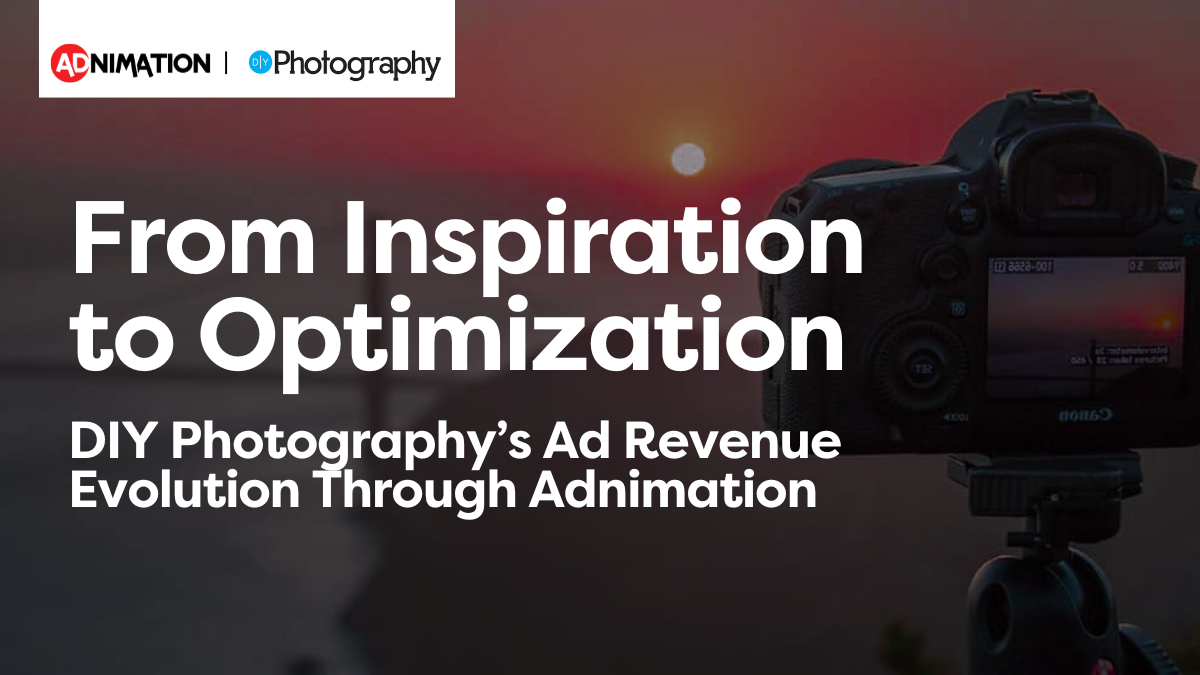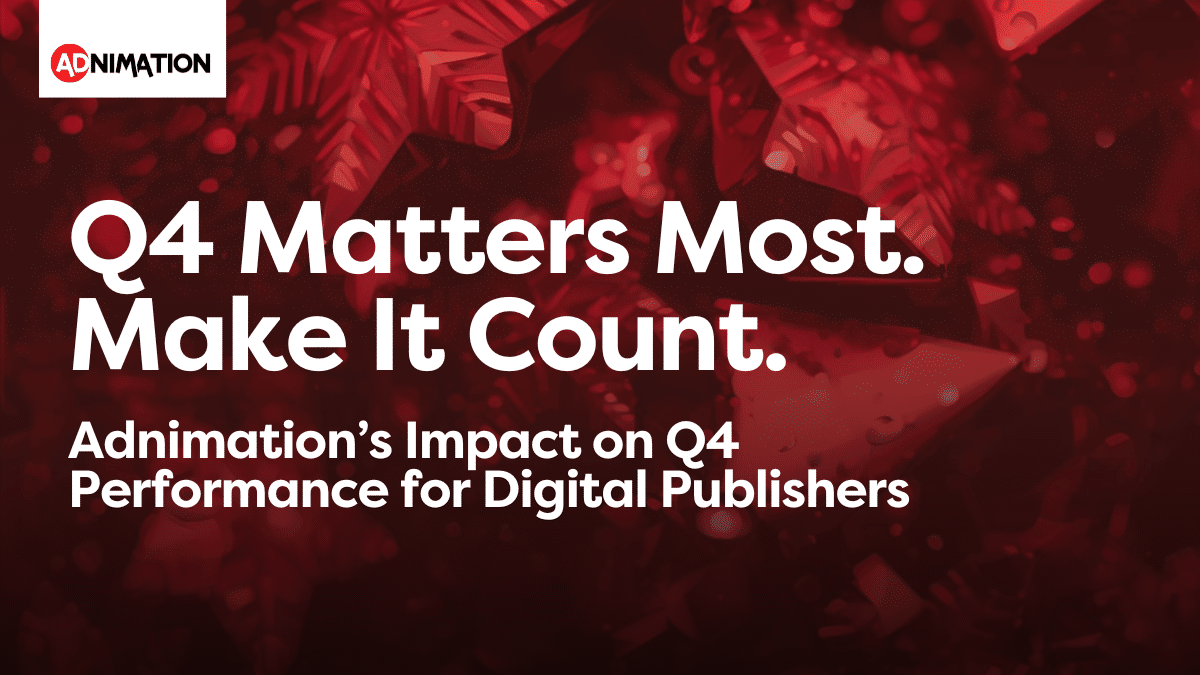Mobile is no longer the “second screen.” It’s the first stop for news, entertainment, and commerce, and it accounts for over two-thirds of all US digital ad spend. But with user expectations rising and privacy shifts reshaping how ads are delivered, the challenge digital publishers face pertains to monetizing mobile traffic without sacrificing engagement, speed, or trust.
In 2025, mobile monetization calls for a smarter, more nuanced approach: Where ad formats match content flow, where speed is a competitive advantage, and where diversifying revenue through commerce and first-party data becomes the key to long-term growth.
Whether you’re building a mobile web experience or scaling a native app, the goal is the same: to create better-aligned ads that increase lifetime value per session—without compromising the user experience.
Ad Format Performance
Rewarded Video Ads: Rewarded videos are the best-performing ad format in terms of revenue per impression. Users opt in to watch a full-screen video (often in exchange for in-app rewards), leading to high completion rates and eCPMs (effective cost per mille) well into double-digits in top markets. ironSource reports rewarded videos can yield ~$10–50 eCPM in premier regions. This makes rewarded ads extremely lucrative for gaming apps, with the United States and East Asia historically seeing the highest returns (e.g. ~$25–30+ eCPM in the U.S.) The trade-off is that rewarded ads must be used sparingly at natural breakpoints, but when optimized they significantly boost retention and revenue without upsetting users.
Interstitial Ads: Interstitials are full-screen ads (static, video, or playable) shown at transition points. They command high eCPMs – second only to rewarded videos – because of their prominence. In 2024, interstitial eCPMs in top countries like the U.S. and Japan reached roughly $15–20 (peaking around $19.6 in the U.S.) Mature markets consistently deliver strong interstitial returns (e.g. Japan peaked at ~$10.8 and the U.S. ~$8.6), while emerging markets saw rapid eCPM growth from a few dollars to the mid-single digits as advertiser demand increases. Interstitials generate “serious revenue” due to their scale and high CPMs, but they must be timed well (e.g. between levels or articles) to avoid harming user experience.
Banner Ads: Banners are small, persistent ads (often at screen top or bottom). They have the lowest eCPMs of the common formats, reflecting their lower engagement. In general, banner eCPMs are under $1 in many regions – even in the best markets they only reach around $1.0–1.3 at most. For instance, in Japan (one of the highest for banners on iOS) the average eCPM was about $1.25, and in the U.S. (highest on Android) about $1.22. Most other countries see just a few cents per banner impression. While banners deliver volume (constant impressions during app use), their revenue is limited. They’re best used as a supplemental income stream given their non-intrusive nature and nearly 100% fill rates, but they won’t drive major revenue on their own.
Native Ads: Native ads are designed to blend into an app’s content (for example, an ad that appears as a natural item in a news feed or content stream). This format often achieves higher click-through rates and better user acceptance, translating into solid monetization performance. Precise eCPMs vary, but native ads are a fast-growing segment of in-app advertising. In fact, industry reports note that native ad spending is leading the growth in mobile advertising’s expansion. Many publishers favor native ads for their balance of user experience and revenue – by matching the look and feel of the app, they engage users more effectively than standard banners, often yielding better overall ROI. As of 2024, native video ads in particular have surged (with mobile video ads projected to comprise 85% of internet traffic by 2025), indicating that native formats (especially those incorporating video) are becoming a cornerstone of app monetization.
eCPM Benchmarks by Format and Region
Top Markets vs. Emerging Markets: Mobile ad eCPMs vary widely by region. Generally, North America, Western Europe, and high-income Asia-Pacific countries command the highest rates, while developing regions see much lower averages. For example, in Q1 2024 the highest rewarded video eCPMs were in countries like the United States ($30 on iOS) and South Korea ($29), whereas regions like Latin America saw rewarded eCPMs closer to only ~$2–4. A similar gap exists for interstitials: top markets hit ~$15–$20 (U.S. around $19+ in 2024) while less mature markets averaged in the low single digits. Banner ads show the most extreme disparity – in the U.S. or Japan they might earn around $0.5–$1 eCPM, but in regions like South America or Southeast Asia banner rates can be just a few $0.10–$0.20 (or even lower.)
Regional Benchmarks: Within ad formats, U.S. eCPMs are typically the benchmark high. For instance, U.S. publishers enjoyed some of the world’s highest interstitial rates (previously reported around $9–$11 on iOS pre-ATT, and still about $11 on Android as of 2021, with 2024 Android interstitials in the U.S. peaking near $8–$9 in some datasets.) Japan and South Korea also rank among the top for many formats – e.g. Japan’s interstitial eCPM was over $10 and its banner eCPM ~$1+, leading the world in those categories. Western Europe tends to have solid but lower eCPMs – rewarded videos there averaged only a few dollars (e.g. ~$3–$6 in prior years) compared to U.S. double-digits. Meanwhile, emerging markets (Eastern Europe, Middle East, Latin America, India/SEA) see far lower averages but high growth rates. For example, Latin America’s rewarded video eCPM on Android was around $2.00 on average (similar to Southeast Asia,), and its banner eCPM just $0.15 – yet both metrics were on a slow rise. By late 2024, we saw many emerging countries’ ad rates surging: e.g. Brazil’s interstitial eCPM jumped from ~$2 in early 2024 to $3.67 by December, and Vietnam’s from ~$0.7 to $1.5.
Impact of Platforms (ATT): Historically, iOS traffic was more coveted (higher LTV users), but Apple’s ATT privacy changes leveled the field. By 2024, Android actually dominates ad revenue share (almost 2/3 of in-app ad spend) as iOS targeting became harder. This dynamic is reflected in eCPMs: for banners and interstitials, Android eCPMs are now often on par with or higher than iOS in each country. For example, Android interstitial eCPMs exceeded iOS in all top countries according to recent data (U.S. interstitials: ~$11 Android vs $9.5 iOS.) Rewarded videos remain high on both platforms, but even there iOS’s traditional edge has narrowed (in top markets, Android rewarded ads can earn equivalent eCPMs, e.g. ~$27–28 in the U.S. vs ~$30 on iOS.) The key takeaway is that regional location and ad format have a larger impact on eCPM benchmarks than the platform does, especially after 2021 – so publishers should focus on acquiring users in higher-value regions and using high-yield formats, regardless of OS.
Revenue Growth by Vertical (Gaming vs. Other App Categories)
Mobile app ad monetization is no longer just about games – other app verticals are seeing even faster ad revenue growth. According to 2024 estimates, social media apps and mobile games still generate the lion’s share of in-app ad revenue (about $134 billion and $106.5 billion globally in 2024, respectively.) However, non-gaming categories in total now rival games (over $111 billion across various app genres in 2024,) and their ad revenues are climbing quickly. Here are some key vertical trends:
-
Gaming Apps: Mobile games remain a massive advertising channel, accounting for roughly 30% of global in-app ad spend (over $100B in 2024.) After a pandemic boom and an ATT-related dip, ad revenue in games has resumed growth – AppsFlyer noted in-app ad revenue for gaming apps rose about 4% year-over-year in 2023 (with casual games offsetting declines in hypercasual). Looking forward, ad revenues in mobile games are projected to grow +54.5% from 2024 to 2029 (reaching ~$165B by 2029.) This sustained growth is fueled by the shift to hybrid monetization (combining ads and in-app purchases) in many games. Notably, even traditionally IAP-heavy genres are exploring ads, and hypercasual titles (which rely 100% on ads) are evolving or consolidating. Overall, gaming still leads in adoption of in-app ads, but its relative growth is now a bit slower than some other verticals as the market matures.
-
News & Magazines: News apps and media publishers have embraced in-app advertising aggressively, making this one of the fastest-growing verticals. Global ad revenue from news and magazine apps is expected to jump from about $12.8 billion in 2024 to $20.6 billion in 2029, roughly a 60.5% increase. Publishers are increasingly using a mix of display ads and native content ads to monetize readership. In fact, news apps see some of the highest user retention gains from in-app ads of any category (6.2% higher 30-day retention than the next-best category,) suggesting well-integrated ad experiences can actually boost engagement for news audiences. With the continued shift of readers to mobile, this vertical’s ad earnings are set to keep climbing at an above-average rate.
-
Entertainment & Video Apps: Entertainment apps (including video streaming, OTT, music streaming, etc.) are a top vertical by consumer spend and ad spend. In-app ad revenue in entertainment is forecast to grow ~59–60% over five years (from about $24.5B in 2024 to $39.1B in 2029.) This category covers video-centric platforms, which increasingly rely on ad-supported models (AVOD, short video apps, etc.). Native video ads and rewarded videos (e.g. watching an ad for content access) are especially common here. With mobile video consumption surging, entertainment apps are seeing proportional ad revenue growth. Additionally, social media and video platforms overlap – e.g. short-form video apps are counted in entertainment but behave like social networks for ad monetization. Overall, entertainment is one of the largest non-game ad categories (second only to social networking in 2024) and continues to expand its share of the ad pie.
-
E-commerce (Shopping) Apps: The retail and shopping category has emerged as a major driver of mobile ad growth. Shopping apps generated about $33.8 billion in ad revenues in 2024 – from retail marketplaces embedding ads, to rewarded ads in shopping reward apps, and so on. By 2029 this is expected to exceed $54 billion (approximately +60% growth.) This rapid rise is tied to the boom in mobile commerce: more retailers are monetizing via in-app ads (for example, promoting third-party products within a shopping app) and investing ad dollars to acquire users. In 2023, the e-commerce app vertical saw tremendous user growth (installs up 43% YoY) and a 34% jump in in-app revenue overall. While much of e-commerce app revenue comes from transaction commissions, ad monetization is now supplementing that income – whether through affiliate ads, sponsored listings, or traditional display. The result is that retail apps are quickly climbing the ad revenue ranks.
Other notable verticals are also expanding quickly. Music streaming apps, for example, are forecast for ~60% ad revenue growth ( ~$9.4B to $15B by 2029) as free, ad-supported tiers remain popular. Social networking – the single largest category – will grow more slowly (from ~$134B to $190B, +34%) simply because it’s already huge, but it will continue to command the highest overall spend. In summary, virtually all app verticals are seeing in-app advertising gains, with non-gaming apps collectively outpacing gaming in relative growth. Analysts estimate that through 2025 and beyond, ad revenue from “all other” app categories (non-games) could grow up to 63%, versus about 54% for games. This points to a more diversified app economy where gaming, news, entertainment, e-commerce, and other apps all contribute significantly to the global mobile advertising revenue, which is on track to exceed $390–400 billion by 2025.
How Adnimation Supports Smarter Mobile Monetization in 2025 And Beyond
In today’s mobile-first landscape, publishers can no longer afford to treat app monetization as an afterthought. Between rising user expectations, privacy regulations, and evolving ad formats, the stakes—and the opportunities—are higher than ever.
That’s where Adnimation comes in.
Adnimation’s Mobile App Monetization service is built specifically for content publishers who want to grow ad revenue while protecting the user experience. Whether you operate a native app or a mobile web property, Adnimation offers hands-on support with hybrid header bidding, SDK management, ad format testing, and ongoing yield optimization. The goal is to strike the perfect balance between performance and engagement.
Unlike standard ad networks, Adnimation acts as a monetization partner—not just a tool provider. That means publishers get direct access to:
-
Smart ad layout optimization tailored to app UI/UX
-
Real-time mediation and bidding management across SDKs
-
Transparent reporting, fraud protection, and revenue analysis
-
Expert-led A/B testing to unlock higher eCPMs from rewarded, native, and interstitial formats
And most importantly, Adnimation’s model is aligned with your success—because better monetization shouldn’t come at the cost of retention or trust.
If you’re ready to rethink your mobile app monetization strategy and want a partner who works alongside you, not over you, book a consultation with Adnimation’s mobile team to get started.




